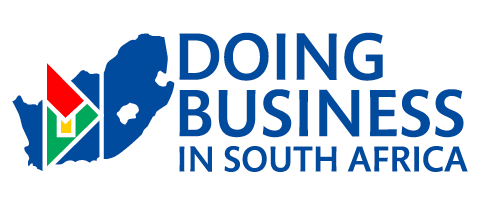Table of Contents
1. Overview
The Trading across Borders indicator looks at South Africa’s processes to export a vehicle to a foreign country and import parts from a foreign country to South Africa. It measures the border compliance – time and costs for exporting and importing.
South Africa ranks 145 out 190 economies in the world.


2. Business Procedures
Since this is a specific case study and methodology for Doing Business, it pertains to a specific sector and product.
Sector and Product: Motor Vehicles and Motor Vehicle Parts
2.1 How to register as an importer?
If you are planning to bring controlled goods, used or second-hand goods, waste or scrap into the country, you first need to register as an importer with the South African Revenue Service (Sars) and then apply to the International Trade Administration Commission (ITAC) for an import permit.
An import permit ensures that the goods you intend importing, conform to the safety, quality, environmental and health requirements of the country. They must also comply with the provisions of international agreements.
Import permits also help to control the inflow of goods of a strategic nature or smuggled goods.
The policy that applies to the importation of goods differs from one sector to another. Most new goods are exempt from import control measures. However, all used goods, second-hand goods, waste and scrap are subject to import control measures.

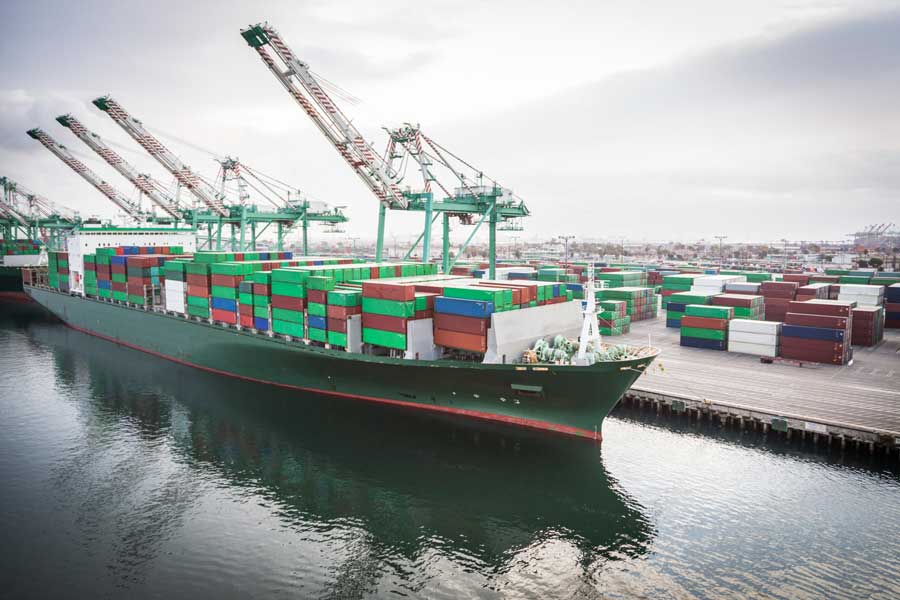
2.2 What you should do?
- Register as an importer at Sars.
- Go to ITAC or download the applicable form
- Fill in the forms
- Submit the forms to the Directorate: Import and Export Control at ITAC.
2.3 How long does it take?
In most instances import permits are issued within five working days.
2.4 How much does it cost?
Itac does not charge service fees but you will have to pay customs duty to Sars. Customs duty is calculated as a percentage of the value of the goods (set in the schedules to the Customs and Excise Act). For more information on Sars customs duty, visit the Sars website.
2.5 How to register as an exporter?
To export certain goods out of South Africa, you must have a permit ensuring that you comply with applicable export control measures.
The export of some goods may be restricted to support beneficiation strategies or to assist local manufacturers to obtain raw materials before they are exported.
An export permit is required to ensure that goods exported by an individual or organisation comply with the provisions of international agreements. Export permits also help to control the outflow of goods of a strategic nature or smuggled and stolen goods.
The policy that applies to the export of goods differs from sector to sector. If you require policy information regarding the export of specific goods, you should provide the Import and Export Control office at the International Trade Administration Commission (ITAC) with details of the particular goods you want to export.
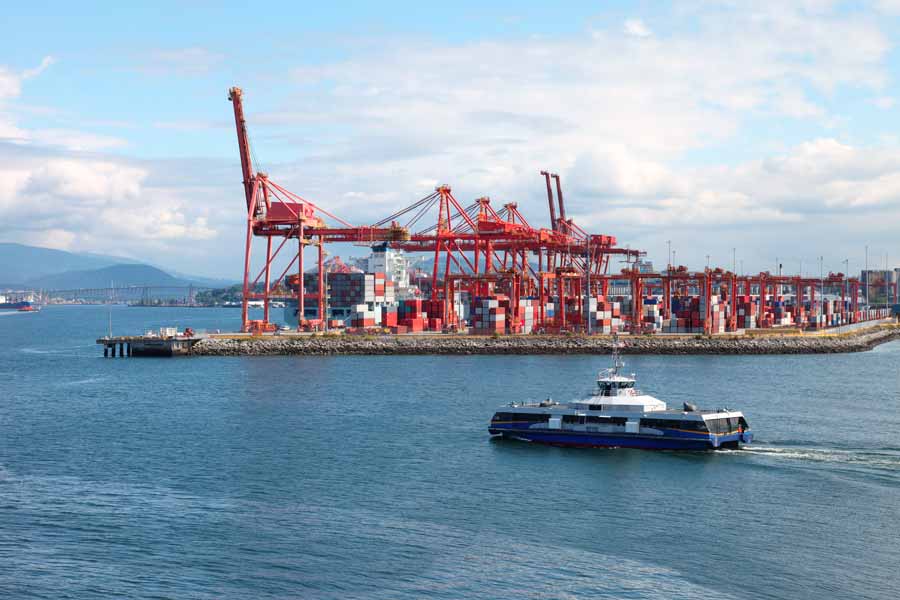

2.6 What is the procedure to register as a local exporter?
The prospective exporter must complete forms A185 and DA185.4A2 Application for registering as an Exporter – and forward it to the relevant Customs Offices where a Customs and Excise code will be allocated to the client.
While the exporter is awaiting approval from the Customs Office, he may attach a copy of the application form to the Customs Export declarations. Click here to download the application form. There are two types of exporters; local exporter and foreign exporter.
Documents that must accompany the application:
- Proof of address i.e. your municipal water and electricity account;
- Certified copy of your identity document.
From the Registrar of Companies a certified copy of either of the following:
- Close Corporation registration;
- Company registration.
Certified copies of the following documents:
- VAT, IT, PAYE, SDL, UIF letters from SARS to confirm revenue registration details;
- Resolution/consent or other authority as applicable.
- Telkom and/or cellphone account not older than 3 months to confirm contact details;
One of the following to prove bank details:
- A cancelled cheque;
- A legible certified copy or original bank statement which confirms the account holders name, account number and branch code;
- An original letter from the bank on a letterhead; or
- An original auto bank statement.
Indicate that the applicant must be older than 21 years and have a permanent address in the RSA.

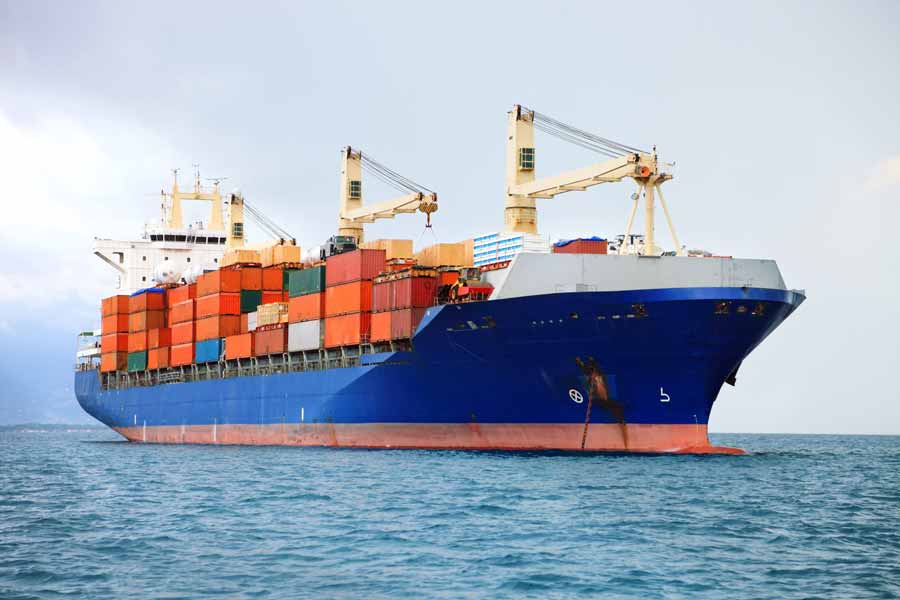
2.7 Forms required for registration as a Local Exporter?
- DA 185 – Application form: Registration/Licensing of Customs and Excise Clients
- DA 185.4A2 – Registration Client Type 4A2 – Exporter
- DA 46A1.02 Exporter’s application for registration for the purposes of the AGOA
- DA 46A2.01 Exporter’s Application for Registration for the purposes of the GSP
- DA 49A.02 – Application for approved exporter status
2.8 Forms to complete to apply for Exporter registration under Preferential Trade Agreements:
SADC/TDCA/SACU-EFTA
- DA 185 – Application form: Registration/Licensing of Customs and Excise Clients
- DA 185.4A2 – Registration Client Type 4A2 – Exporter
- DA 185.4A7 – Registration Client Type 4A7 – Producer
AGOA
- DA 185 – Application form: Registration/Licensing of Customs and Excise Clients
- DA 185.4A2 – Registration Client Type 4A2 – Exporter
- DA 46A1.02 Exporter’s application for registration for the purposes of the AGOA
- DA 185.4A4 – Registration Client Type 4A4 – Manufacturer
GSP
2.9 Forms needed to be an approved Exporter in TDCA & SACU-EFTA:
2.10 Where do we send the forms?
Application forms must be submitted to the nearest Customs and Excise office.
2.11 How to register as a Foreign Exporter
- Fill in the application forms and relevant annexure(s) as prescribed by the Customs and Excise Act.
- Submit certified supporting documents as listed on the relevant application forms.
- Nominate a registered agent by completing and sending the relevant form to Customs.
2.12 Which forms need to be completed for registration as a Foreign Exporter?
2.13 How long does it take?
The turnaround time for processing an application is two working days on average, with an exception of Export Permits for scrap metals, which take 10 working days for circulation, plus time for processing and issuing.
2.14 How much does it cost?
The service is free.
2.15 Methodology
The methodology measures the time and cost for three sets of procedures.
Procedure 1 – Documentary Compliance
Procedure 2 – Border Compliance
Procedure 3 – Domestic Transport

Source: SARS Analytics Database
Figure 1, using the example of Brazil (as exporter) and China (as importer), shows the process of exporting a shipment from a warehouse in the origin economy to a warehouse in an overseas trading partner through a port.

Source: SARS Analytics Database
Figure 2, using the example of Kenya (as exporter) and Uganda (as importer), shows the process of exporting a shipment from a warehouse in the origin economy to a warehouse in a regional trading partner through a land border. The ranking of economies on the ease of trading across borders is determined by sorting their scores for trading across borders. These scores are the simple average of the scores for the time and cost for documentary compliance and border compliance to export and import.
For details of the methodology, please find it here.
3. Reforms
South Africa made the following reforms for the last Doing Business cycle – March 2019 to April 2020.
3.1 Reform 1
Description of the data update: T918/Marine Survey Process for new vehicles
Description of the reform
This process has been reviewed to reduce the bottleneck cause by long inspection times at the light tunnels.
Going forward, the marine survey process will be adopted. Under chassis inspections will no longer be conducted.
The terminal will only complete the T918 at the light tunnels where there are defects / damages as prescribed by the marine survey standard, however the inspection for missing items will remain in place
Sub-index or question impacted: Reduction in time
Suggested data modification: There is a reduction in the amount of time to export as each vehicle passing through the light tunnel is now cleared 30 seconds faster than before the reform.
Date of entry into force (if applicable): 01/07/2019
3.2 Reform 2
Description of the data update: Import/Export Sequence
Description of the reform
It is mandatory to submit the import discharge and export load sequences for all vessels. This is part of preplan documentation. The submission of a non-sequential load list will not be accepted.
Sub-index or question impacted: Reduction in time
Suggested data modification: There is a reduction in the amount of time to export as each exporter/importer will have their goods ready ahead of time.
Date of entry into force (if applicable): 01/07/2019
3.3 Reform 3
Reform #3
Description of the data update: Opening and Closing of stacks
Description of the reform
It was previously understood that vehicles for export had to be delivered to the port 72 hours before the ship berthing time. This has been reduced to 24 hours ahead of ship berth.
Sub-index or question impacted: Reduction in time
Suggested data modification: There is a reduction of 48 hours in terms of border compliance for exporting.
Date of entry into force (if applicable): 01/07/2019
4. Technical Working Group
The Technical Working Group for South Africa has been recently been setup and is chaired by a Transnet representative.
5. Performance Statistics
Performance of the indicator against OECD and Sub Saharan Africa
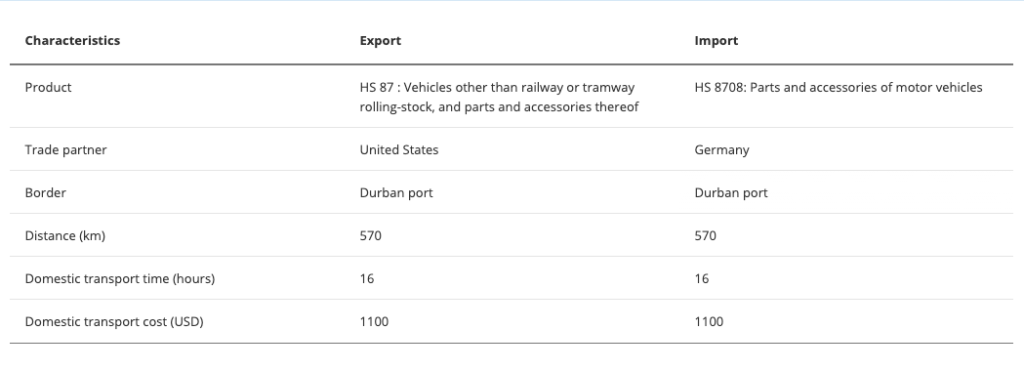
Performance of the indicator against OECD and Sub Saharan Africa
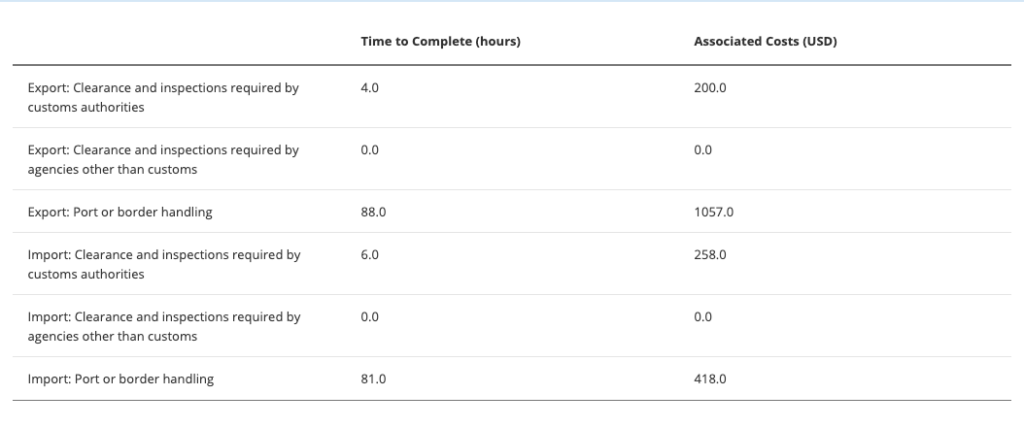
Details – Trading across Borders in South Africa – Trade Documents
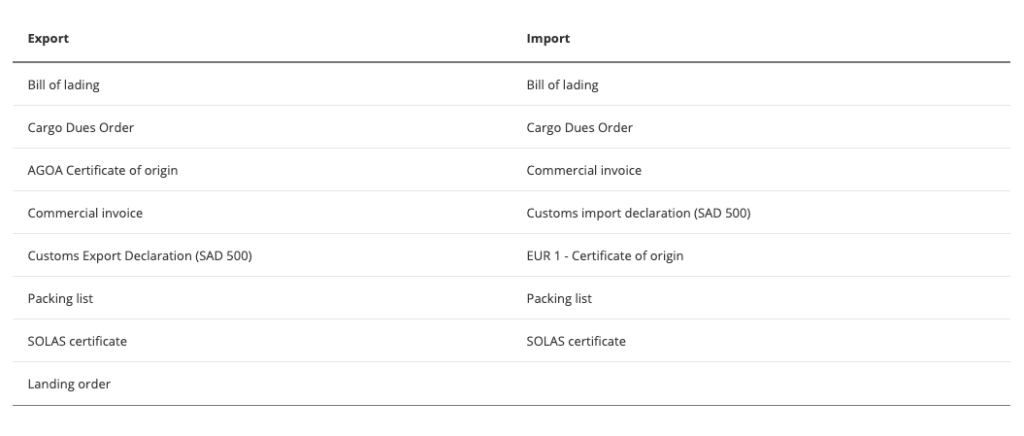
6. Contact

Wayde Flowerday
Private Sector Specialist
Email: wflowerday@ifc.org
